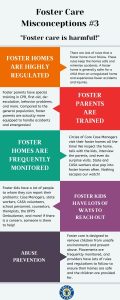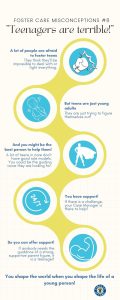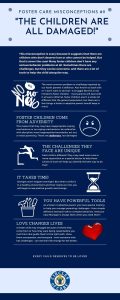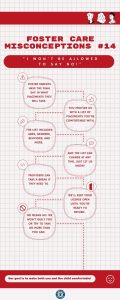Summer is approaching quickly, and we would like everyone to keep a few things in mind:
As many of us know, the summer months in Texas can at times be unbearable with the heat. In order to beat the heat and to have some fun, many families head to the lake, community pool, or other body of water for a quick cool down. With many statewide news outlets reporting child drowning every year, we would like to ensure that all everyone understand the importance of child safety in or around any body of water. Just in the state of Texas, more than fifteen children drowned last year. More than half of the children were five years old or younger, and all but three were under the age of ten. According to the Texas Department of Family and Protective Services, the Houston area is typically a hot spot for child drowning deaths, but last year the Dallas-Fort Worth area had the most child drowning deaths with four. In Texas last year, four children have drowned in bath tubs (29%), three in pools (21%), and two in ponds (14%). Other locations include a river, a lake, a creek, and a septic tank. Children under the age of one most often drown inside the house. Older children most often drown outdoors. Outdoors, children most often drown in pools, especially backyard and apartment pools. Most young children who drown in pools were out of sight less than five minutes and were in the care of one or both parents at the time. Indoors, the bathtub is the most dangerous location. These awful incidents can happen anywhere, so it is important to never lose vigilance.
When around water, keep children in eyesight and within reach at all times!
It is imperative that a child receives supervision anytime they are participating in activities in or around water. Make sure that there is always at least one parent or responsible guardian nearby or two or more if they are supervising a group of children playing in the water. Remember to bring life jackets for everyone when on boats and for children who may not know how to swim in deeper water; a child must know how to swim in more than two feet of water or they need a life jacket. If necessary, consult with the child’s pediatrician to make sure it is safe for them to swim or play in the water.
Another high profile topic in the media every year is the deaths of children left in hot vehicle in the summer months. Even on a mild day, a child trapped in a hot car can die of a heat stroke or hyperthermia in just minutes. On average, 38 children die in the U.S. each year from heat-related deaths after being trapped inside motor vehicles. What is most tragic is that all of these deaths are completely preventable!
Heat exhaustion can occur at temperatures above 90 degrees and heat stroke can occur when temperatures rise above 105 degrees. When a child is enclosed in a hot car, the child loses body fluids and salts through sweating, causing heat exhaustion. If not treated immediately, heat exhaustion can lead to heat stroke. In heat stroke, a child can no longer sweat. The body temperature rises to deadly levels leading to severe damage to the brain, liver, and kidneys or even death. Keep in mind that a car is basically a metal box. The hot sun can turn this metal box into an oven. Nobody would ever consider leaving a child in an oven. When the outside temperature is 93 degrees Fahrenheit, the temperature inside a car can reach 125 degrees in just 20 minutes and 140 degrees in 40 minutes even if a window is cracked open. A car parked in direct sunlight can reach 131- 172 degrees Fahrenheit, even after only fifteen minutes. At that temperature, it only takes a matter of minutes for children to die or suffer permanent disability. (North Carolina Department of Health and Human Services, 1999).
There are three simple things you can do to ensure that all children safely exit the vehicle after every trip:
Never leave a child alone in a vehicle.
Make it a habit to look in every seat every time before you exit the vehicle.
Always lock the vehicle and put the keys out of reach of children.
If you see a child alone in a car, do not hesitate to contact the authorities for help. It could save a life!
The summer is a fun, relaxing time. Children are out of school, parents take vacations, and the weather is beautiful. These tragedies are preventable as long as we are vigilant.
For more information on heat and water safety, you may visit the following websites:
https://www.dfps.state.tx.us/Prevention_and_Early_Intervention/Vehicle_Safety/
http://www.dfps.state.tx.us/Watch_Kids_Around_Water/default.asp\
Stay safe out there from all of us at Circles of Care!





















